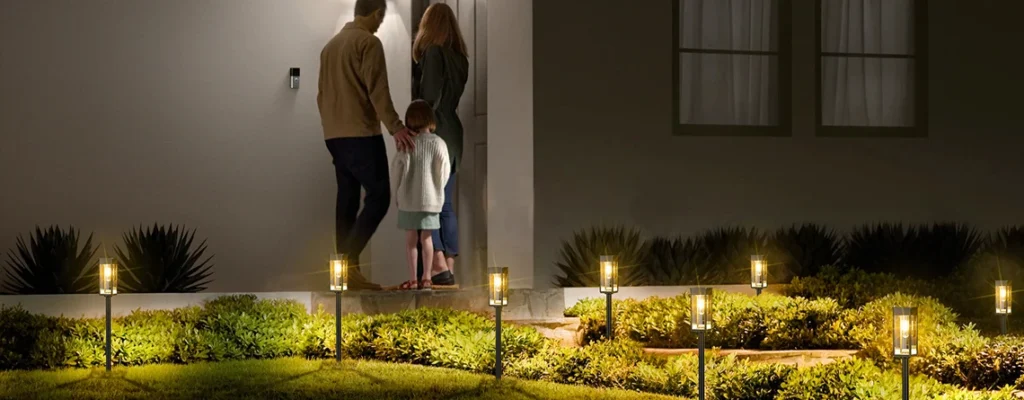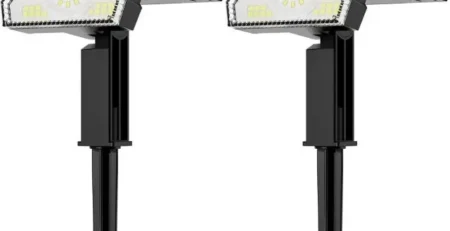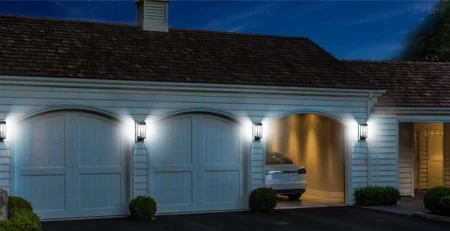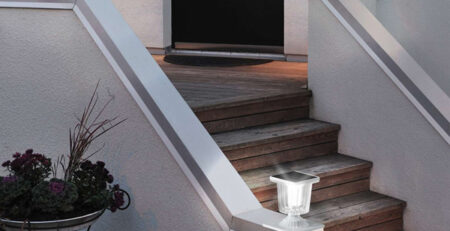Do Solar Lights Actually Help Reduce Electricity Bills in Smart Cities?
Cities are getting bigger, busier, and hungrier for power. With urban populations swelling—over 50% of the world lives in cities now—finding ways to cut energy use is critical. Smart cities, with their tech-driven infrastructure, are leaning into solutions like solar lights to ease the strain on power grids. These lights promise to slash electricity costs while keeping streets and parks lit. But do they really deliver on the hype, and what’s the catch? Let’s explore how solar lighting fits into the smart city puzzle and whether it’s a game-changer for electricity bills.

How Do Smart Cities Use Solar Lights?
Solar lights are popping up across urban landscapes, from bustling downtowns to quiet suburbs. Smart cities integrate them strategically to maximize impact. Here’s where they shine:
- Public Parks: Cities like Singapore use solar-powered LED lamps in parks, cutting nighttime energy costs while ensuring safety.
- Roadways and Highways: Dubai’s smart highways feature solar streetlights with sensors that dim when no one’s around, saving power.
- Community Pilots: In Austin, Texas, residential areas test solar lights with Wi-Fi connectivity, linking them to city-wide energy management systems.
- Pedestrian Zones: Copenhagen’s walking paths use solar lights that adjust brightness based on foot traffic, blending efficiency with aesthetics.
These deployments show how solar lights can be woven into a city’s fabric, leveraging sunlight to reduce reliance on traditional grids.
Do They Really Save on Electricity Bills?
The big draw of solar lights is their potential to cut electricity costs. Since they pull power from the sun, they don’t add to the city’s electric bill—at least in theory. Here’s the breakdown:
- Peak Load Reduction: Solar lights ease demand during peak evening hours when grid power is priciest. A 2023 study in Melbourne showed a 15% drop in streetlighting costs after switching to solar.
- Long-Term Savings: In Los Angeles, solar streetlights saved an estimated $200,000 annually across 1,000 units, factoring in installation and maintenance.
- Grid Independence: Off-grid solar lights, like those in rural Indian smart villages, eliminate electricity costs entirely for remote areas.
- Data-Driven Efficiency: Smart sensors paired with solar lights, as seen in Barcelona, adjust brightness to save up to 30% more energy than traditional setups.
The numbers look good, but savings depend on scale, sunlight availability, and how well the system is managed. Cloudy climates or small-scale pilots might see less dramatic results.
What About Maintenance and Management Costs?
Solar lights aren’t a set-it-and-forget-it solution. Critics often point to maintenance as a hidden cost that could offset savings. Here’s what cities face and how they’re tackling it:

- Battery Lifespan: Solar light batteries last 5-7 years, and replacements can cost $50-$200 per unit. Smart cities like Seoul use predictive maintenance to swap batteries before they fail.
- Cleaning and Upkeep: Dust or debris on panels cuts efficiency. Automated cleaning systems, like those trialed in Dubai, reduce labor costs.
- Smart Monitoring: IoT-enabled solar lights, as in Singapore, send real-time data to city dashboards, flagging issues like dimming or outages for quick fixes.
- Vandalism and Theft: Urban areas face risks of damage. Reinforced designs and GPS tracking, used in Cape Town, deter theft and cut replacement costs.
While maintenance isn’t cheap, smart tech helps keep it manageable. Cities that invest in monitoring systems see lower long-term costs than those relying on manual checks.
The Bigger Picture: Solar Lights in Smart Cities
Solar lights are more than just a way to cut electricity bills—they’re a piece of the smart city puzzle. By integrating with IoT networks, they feed data to urban planners, helping optimize energy use across entire neighborhoods. They also align with global sustainability goals, reducing carbon footprints in cities like Amsterdam, which aims for net-zero emissions by 2050. But challenges remain: high upfront costs, inconsistent sunlight in some regions, and the need for robust maintenance systems can slow adoption. Still, as battery tech improves and smart grids get smarter, solar lights are proving their worth as a scalable, eco-friendly solution.
The Verdict on Solar Lighting
Solar lights are making a real dent in electricity bills for smart cities, especially when paired with sensors and IoT systems. From parks to highways, they’re cutting costs and boosting sustainability without sacrificing reliability. Savings vary—sun-soaked Dubai sees bigger wins than cloudy London—but the trend is clear: cities that plan well and use smart tech can bank on long-term gains. Maintenance costs are a hurdle, but innovations like automated monitoring are smoothing the way. As urban areas grow, solar lighting isn’t just a nice-to-have—it’s becoming a cornerstone of the smart, sustainable cities of tomorrow.











Leave a Reply